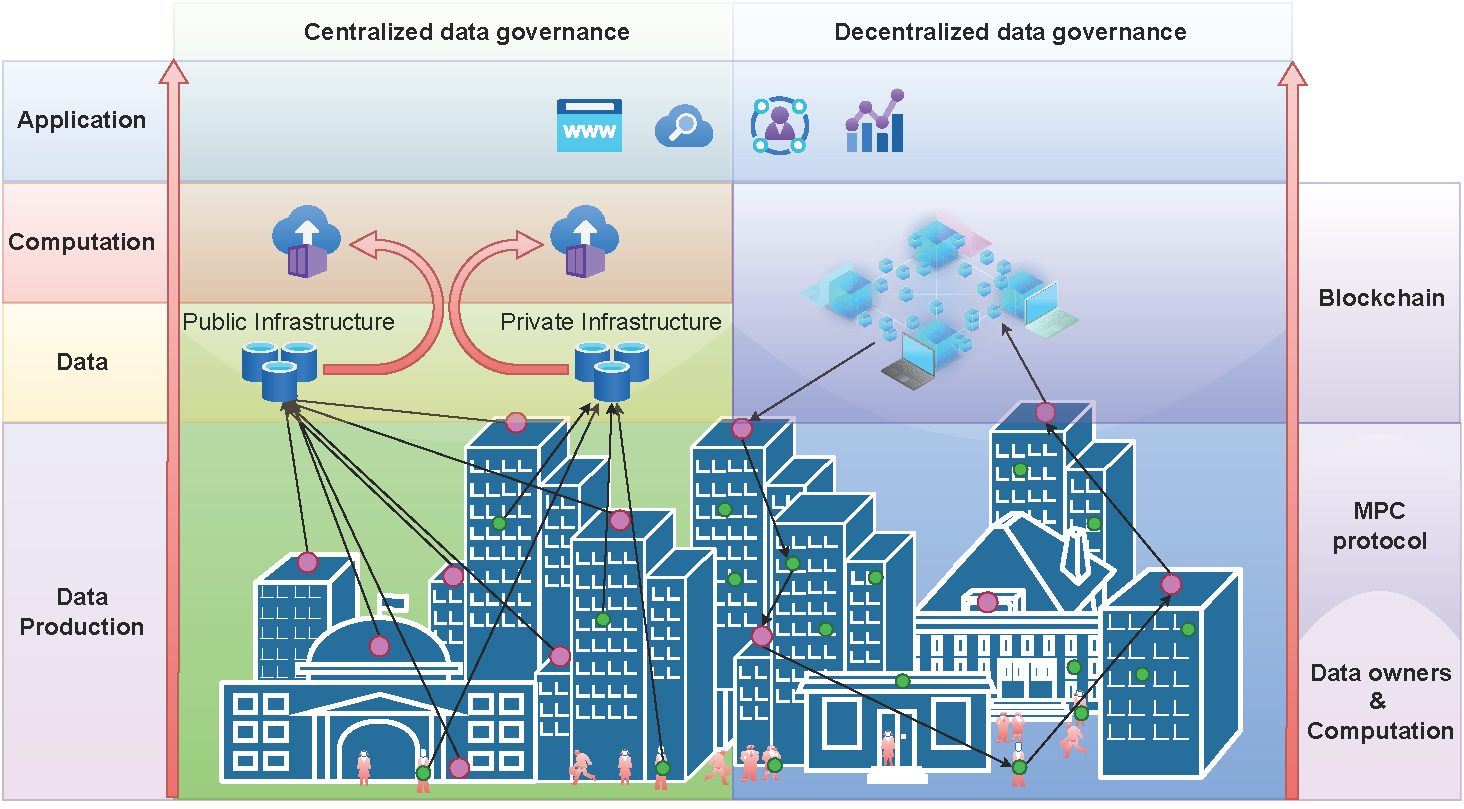
- PROJECT CODE: V4-2351
- PROJECT TITLE: Use of Green tax policies for enhanced use of wood and other natural materials from renewable sources for faster climate neutrality transition
- PROJECT TEAM: Črtomir Tavzes, PhD (leader), Jaka Gašper Pečnik, Bogdan Božac, Lea Primožič, Ana Slavec, Amy Noel Simmons, Balazs David, Miklos Ferenc Kresz, Erwin Andreas Schau
- PERIOD: 01.10.2023 – 30.09.2024
- BUDGET: 40.000,00 EUR
- FINANCING: ARIS and Ministry of the Economy, Tourism and Sport
- PROJECT COORDINATOR: InnoRenew CoE (Slovenia)
European Union (EU) makes intensive efforts to adapt to the effects of the climate crisis and to mitigate it. That is why we have adopted several legislative packages and strategies at the global and EU level, and the member states have taken on rather demanding commitments to reduce greenhouse gas emissions (TGP). One of the simplest and at the same time least cost-demanding ways to achieve the Green Transition can be the increased use of products made from natural lignocellulosic materials from renewable sources, instead of products made from other materials. In Slovenia, we have many forests with a large stock of wood and a large annual increase. We manage the forests in a sustainable way, so we have sufficient quantities of raw materials available for a significant increase in the production of such products. Many times, however, wooden products are more expensive than products made of other materials, or at least users think they are more expensive. Therefore, with its measures, the state must create favourable market conditions for the purchase and use of wood products, and at the same time stimulate the development of wood processing companies, if it wants to achieve a more significant reduction of GHG emissions in the manner described above. More favourable taxation would make wood products both more accessible and more attractive to potential users and thus lead to greater consumption of wood products, and consequently greater wood processing and thus lower greenhouse gas emissions. The classification of wooden or predominantly wooden furniture among products whose purchase can be classified as a reduction in the tax base would also create more favorable market conditions for the purchase and use of wood products. Changes in tax legislation are a complex process, as they have a horizontal impact on several industrial sectors, and also have a broad impact on the entire society. Otherwise, tax policy can only represent a supporting element to other policies and goals. One of the options for promoting the use and consumption of wooden products or products mainly made of wood is the introduction of a lower VAT rate. By lowering the VAT rate for wooden products, the consumption of these products would not only increase, but also improve the quality of the environment and the efficiency of resource use, and stimulate the local creation of new, greener jobs.
InnoRenew CoE project activities
The InnoRenew CoE will prepare the professional basis with which the instruments of the Green Tax Policy would encourage greater use of wood and other natural materials from renewable sources for a faster transition to climate neutrality.
- InnoRenew CoE will study the possibilities and prepare proposals for VAT reductions for products made of wood, or mainly made of wood, and for the classification of these products among the categories for reducing the tax base of companies that decide to purchase such products as an investment, and create professional bases for the classification of wooden or predominantly wooden furniture among the products whose purchase can be included in the reduction of the tax base. Additionally they will also study the possibilities and prepare proposals for increasing the share of the amount of investment in equipment and in intangible assets (for the extraction and processing of wood), for which a reduction in the tax base can be claimed.
- InnoRenew CoE will study options and prepare proposals for taxation based on product life cycle analysis (LCA). In doing so, we will prepare several scenarios for the processing of different quantities of wood into products with the Model for allocation of quantities of wood for processing into wood products or groups of products (using the LCA method) and provide the potential savings in GHG emissions that would occur if we produced and used wood products instead of products made from other materials. By comparing the carbon footprints of wood and non-wood products, we will show the relationship between GHG emissions that occur during the production of both groups of products, and thus show what differences in taxation could be introduced in order to stimulate the purchase of products that have less impact on the environment and do not accelerate the climate crisis.




